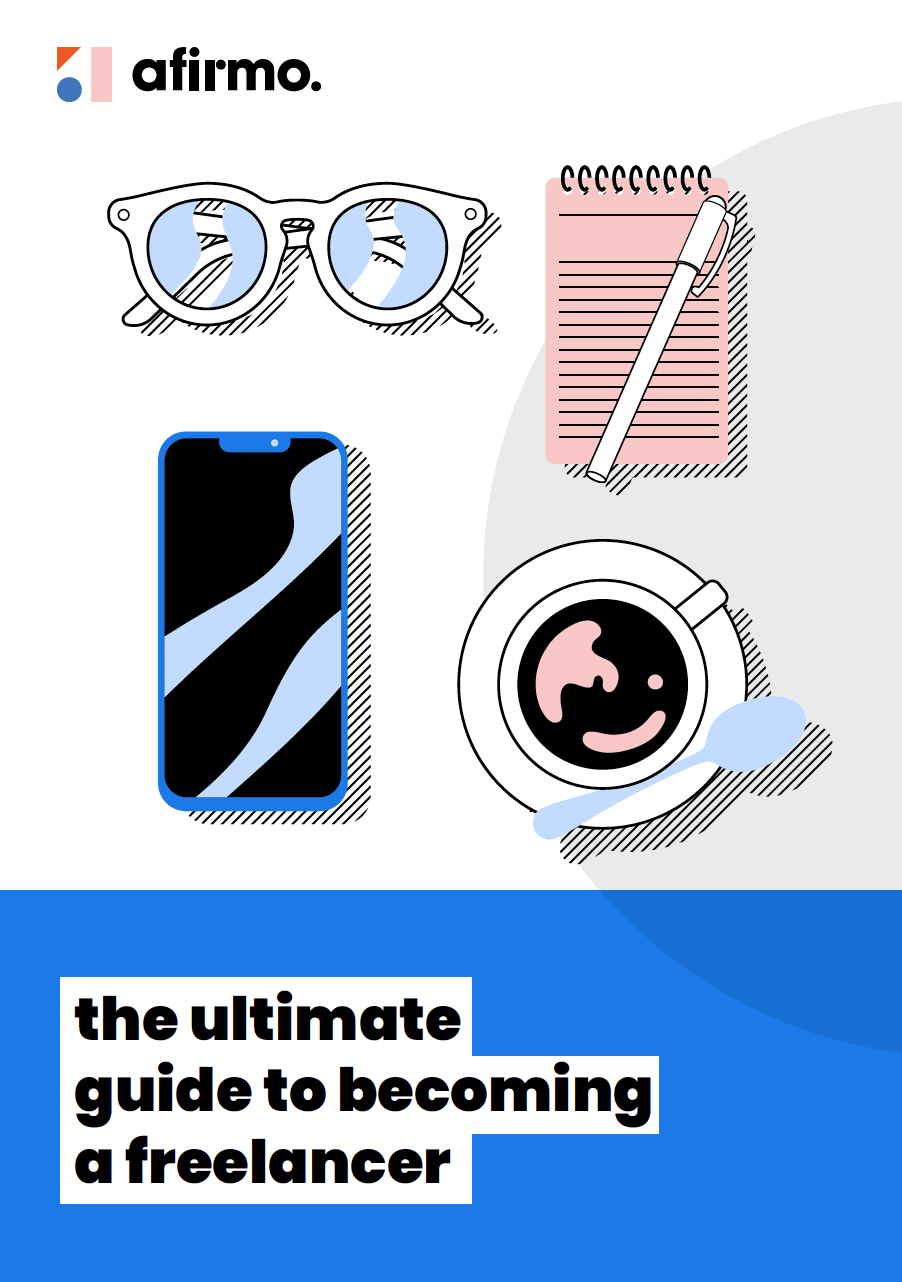If you’re thinking of going freelance, but want to know more before making the switch, you’ve come to the right place. This handy series provides a complete step-by-step guide to getting started – from checking to see if your idea is as good as you think, to managing your time and business finances once you’re up and running
People go freelancing for all sorts of reasons and they provide a vast range of services. Increasing connectivity over the last few decades has seen online and remote businesses flourish. Gig working has proven beneficial for both freelancers and their customers. Even large organisations have found they can often be more nimble and cost effective by hiring skilled freelancers for specific projects, rather than hiring permanent employees. And finally, the explosion in remote working due to Covid-19 has shown everyone that a freelance-style environment can offer significant benefits.
The main types of freelancing
A freelancer is typically someone who sells their services on a time or job basis, rather than working for an employer. Freelancers can be working for several customers at the same time or on an in-house contract for a specified period. Some start freelancing while still in full or part-time employment, while for others freelancing is all they do.
Computer-based jobs – such as graphic design, different types of writing, online marketing, and software or web development – feature strongly when it comes to freelance work. But freelancers also work in customer-facing roles like retail sales, tech support and hospitality, often providing on-call support when additional staff are required.
If you’re good at what you do and your skills are in demand, freelancing might well work for you. This ebook is designed to help you validate that assumption and plan for a successful start.
The pros and cons of freelancing
Freelancing can have enormous appeal, but it can also be very demanding and stressful. Here’s a brief summary of the main pros and cons, to help you start planning with a balanced view.
Advantages of freelancing
- Being your own boss. You’re only accountable to your customers and yourself, so you’re free to work the way you want and keep all the profits, after tax.
- Working when it suits you. You get to work when you’re most productive and have the flexibility to get other things done whenever you choose, provided you meet your agreed deadlines.
- Working where you want. You don’t have to work from home or an office if you’d prefer somewhere else. You could even extend your overseas travel, working part-time from anywhere in the world.
- Choosing who you work for. If potential customers don’t sit well with you, or an existing customer is unprofessional or late paying, you can just say no to working with them again without risking your entire income.
- Doing the work you enjoy. You get to choose the type of work you do and enjoy all the credit for a job well done. If you’re working in-house or closely with customers, you get to learn new things from all sorts of people.
Disadvantages of freelancing
- A lot of admin. Accounting, invoicing, bill paying, taxes, advertising, customer enquiries and chasing late payers – it all adds up.
- You have to find your work, quote and compete. At the beginning, work seldom just flies into your inbox.
- No employer benefits. Sick leave, holiday pay, upskilling costs and KiwiSaver contributions all have to be funded from what you earn.
- Uneven workload. Your workload and income can be quite unpredictable, particularly when you’re starting out.
- Loans can be harder to get. Providing proof of a reliable income can be difficult for the first few years, so lenders will typically use quite a low income value when assessing your ability to afford repayments for large loans.
Now, with some idea of what lies ahead, it’s time for tips on how to check if your freelance idea is as good as it seems before you say goodbye to your employer.
See Chapter 1 – Market research and validating your freelance idea
Your Guide to becoming a freelancer chapters
- Chapter 1- Market research and validating your freelance idea
- Chapter 2 – Defining your freelance service and target audience
- Chapter 3 – How to price your freelance services
- Chapter 4 – How to write a freelance business plan
- Chapter 5 – Building your business portfolio
- Chapter 6 – Online presence and marketing
- Chapter 7 – How to manage your time as a freelancer
- Chapter 8 – Managing your finances as a freelancer
- Chapter 9 – How to choose the best insurance for freelancing


